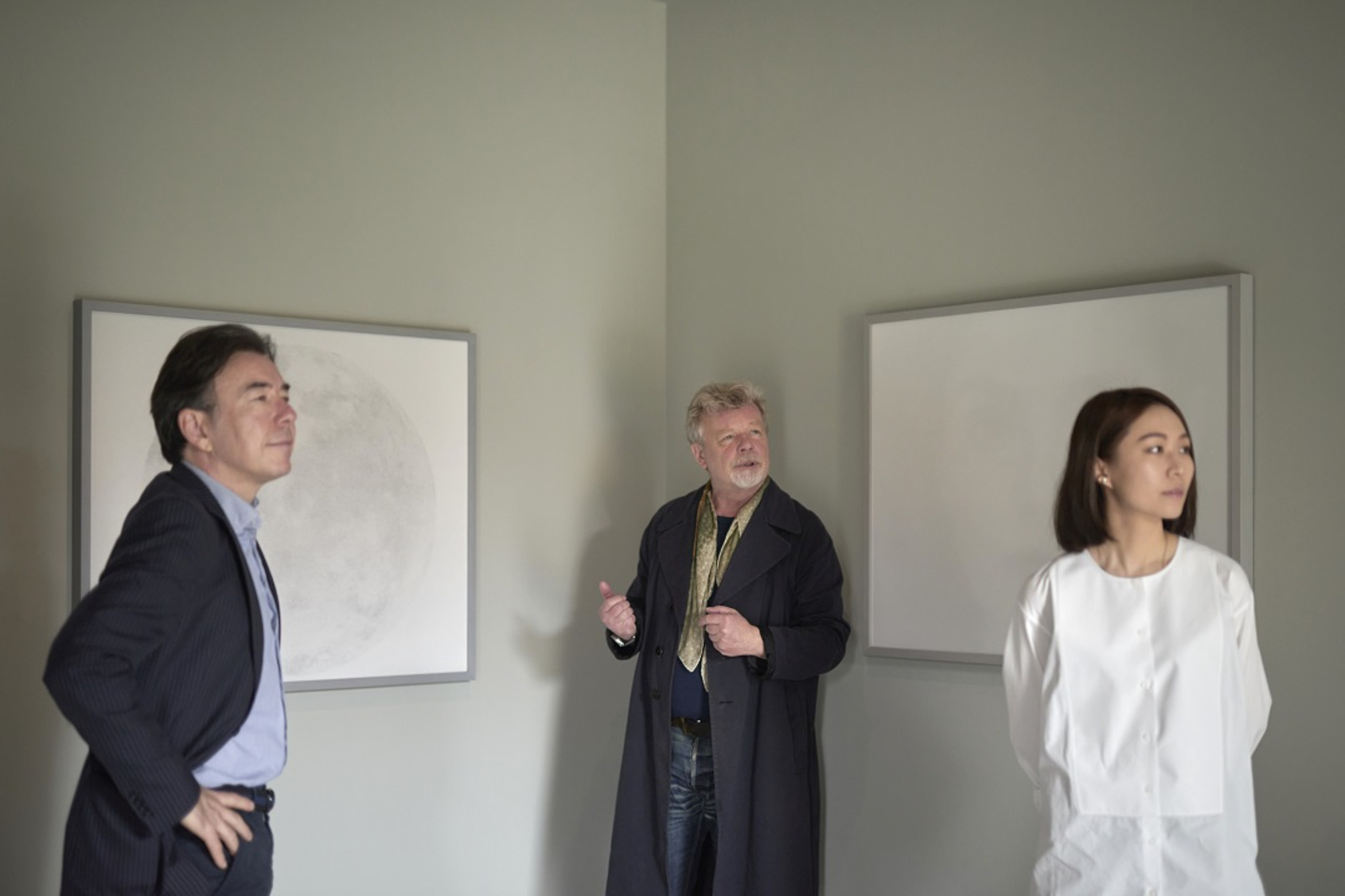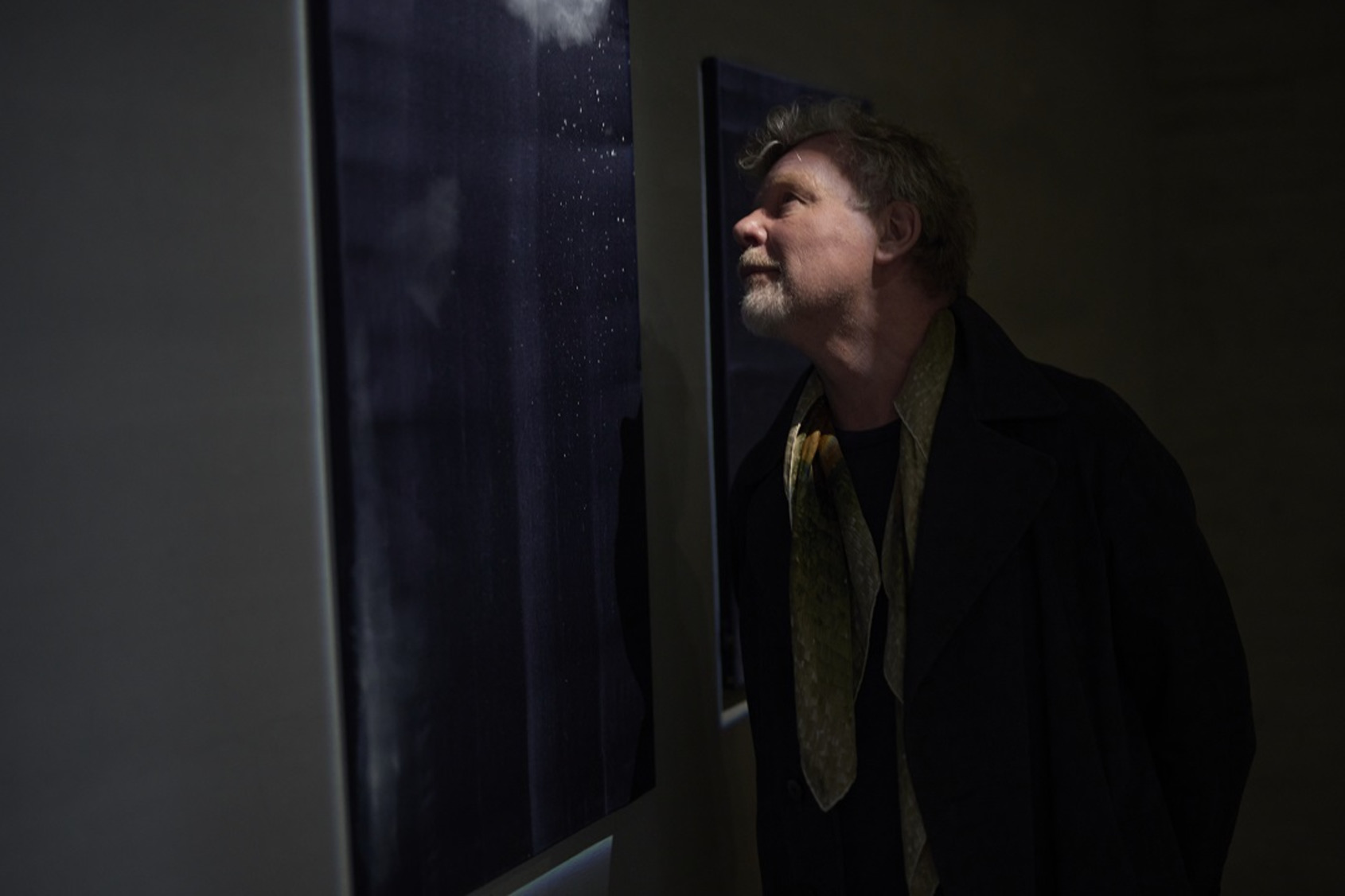TEXT:Jérôme Neutres
“ Using a small brush, it recreates the immense body of the Void. ”
Wang Wei, VIIIth Century
Born in Belgium in 1956, Jean-Claude Wouters has been living and developing his artistic work mostly abroad, exploring various continents through his career, in search of a certain universality in the world his art aims to find out and highlight. Paris, Tokyo, and Los Angeles, are the main spaces where he has developed a very singular art practice, mixing successively and sometime simultaneously, drawing, painting, ballet dancing (he was a dancer of the legendary Béjard Ballet), filmmaking, performance, and photography. Influenced in his childhood by the diversity of art exploration of artists such as Yves Klein, going from performance to painting to mix both practices, Wouters followed his own itinerary, practicing each art medium as a chapter of a sole book of life. A pioneering way of working, in the sense many artists today practice simultaneously a diversity of fields in the arts – and performing arts and visual arts tend to fusion more.
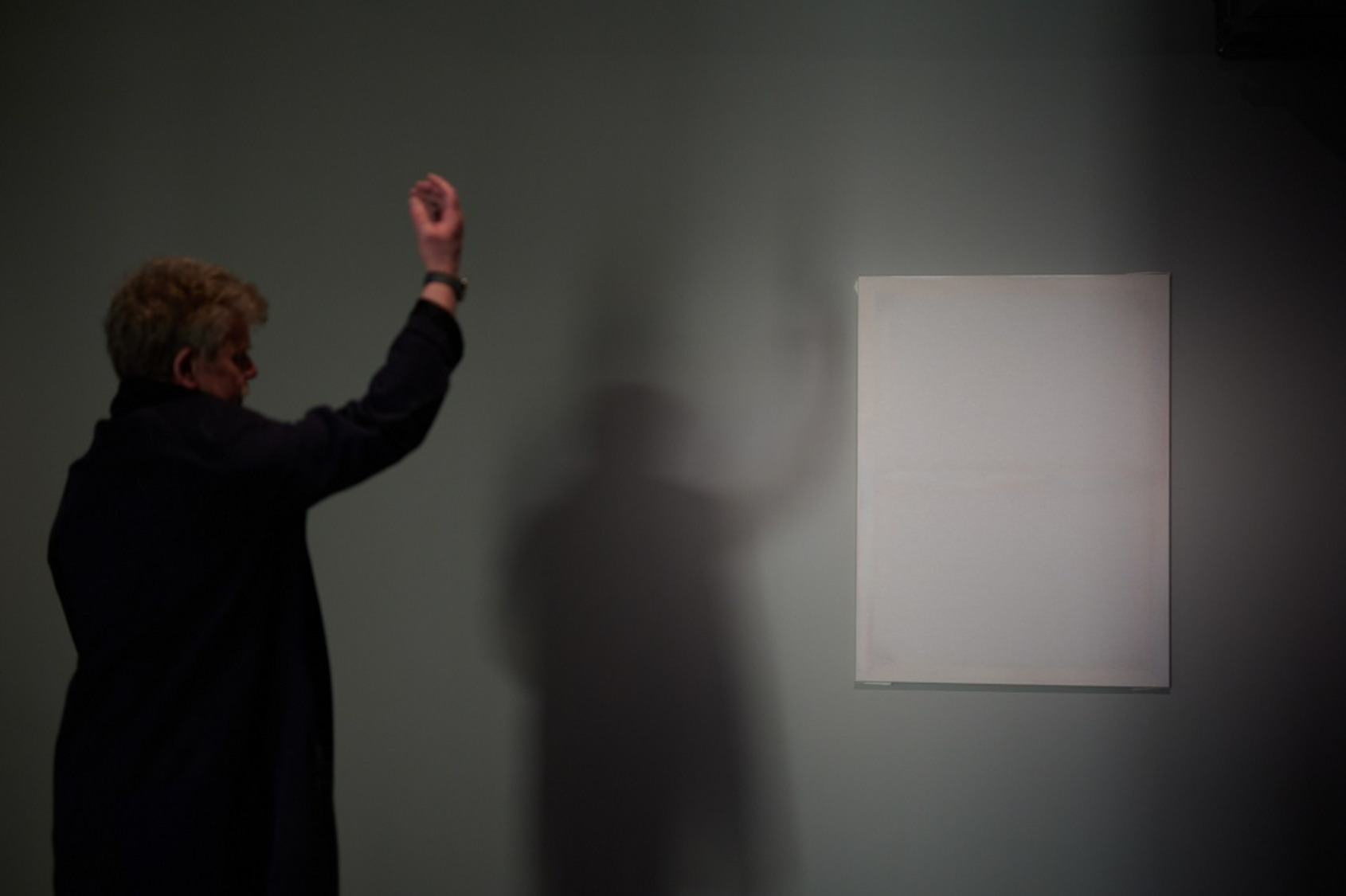 Jean Claude Wouters danced in the exhibition room of ALIEN Art Centre。
Jean Claude Wouters danced in the exhibition room of ALIEN Art Centre。
Courtesy of ALIEN Art.“In a way it fits with the concept of time in Zen philosophy, Jean-Claude Wouters explains. Being wood, ashes, fire, etc.: it is the same essence expressing itself through many means. No mean precedes another one in importance. But the expression is the same” says the artist. The mix of art practices, and singularly the combination of performance and visual arts in his work, led him to invent at some point a new way of taking photography, turning this medium into a true new painting process.
About this new art medium he invented, Jean-Claude Wouters says: “I create my works by the analog method of photographing and re-photographing repeatedly an original image. This unique approach captures daily light present as part of the process and the resulting works gradually develop as more abstract and painterly. Pale images slowly appear and activate the imagination and memories of viewers in various ways – sometimes producing an apparently infinitely expanding visual field.” With a deep respect for ancient Masters of the history of painting, Wouters creates painterly works using photography as a medium to write in light (the etymological meaning of photography) his relationship with painting. This very innovative visual work of Wouters becoming his signature style, has been exhibited in many places around the world, like in Japan, France, and in the USA. While his films were selected by the Cannes Film Festival in 1981, the British Film Institute, the Tsukuba University Japan, and received several awards in international film festivals, such as New-York, San Francisco, Paris, Praha, Teheran, Montreal.
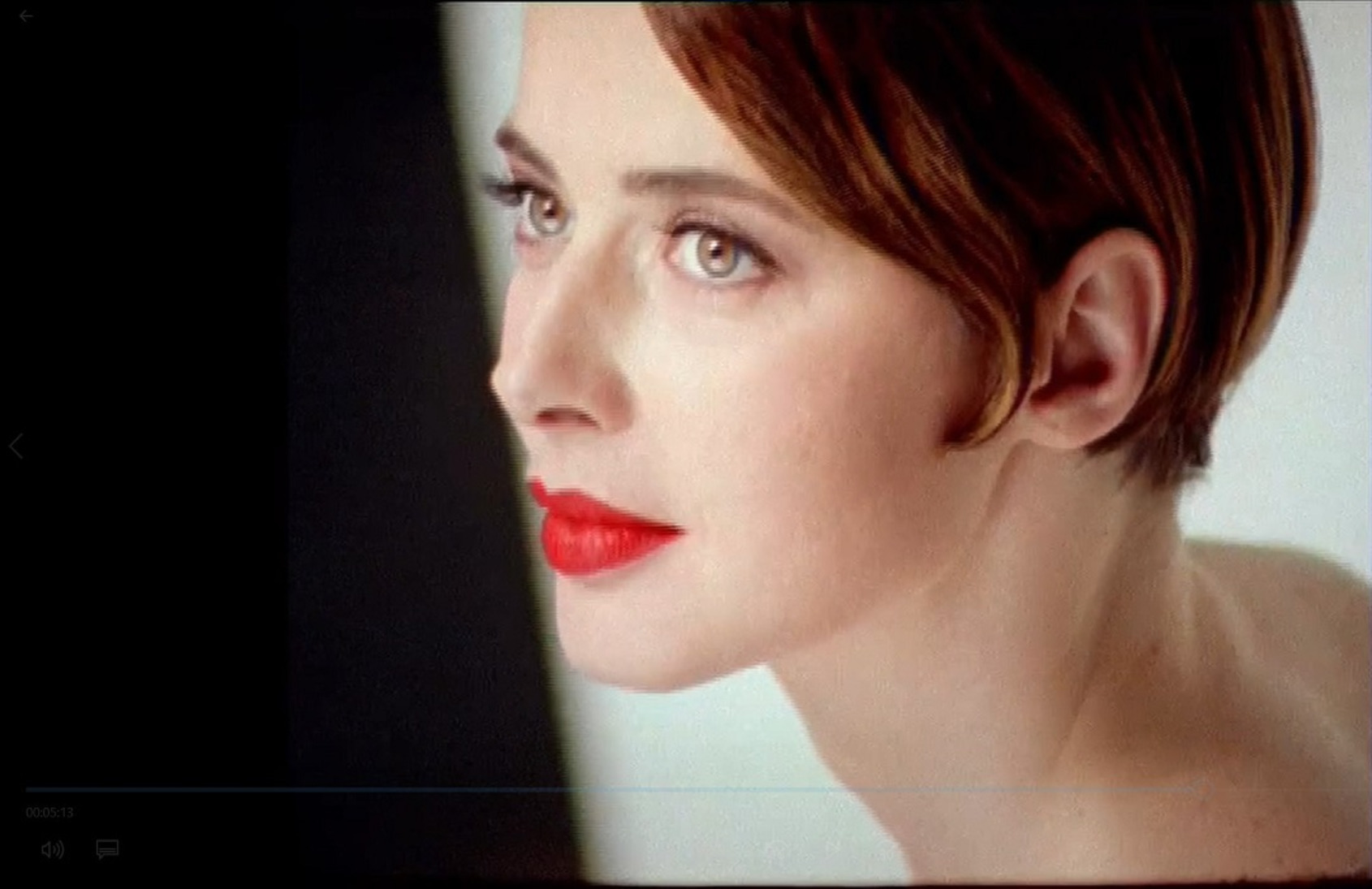 Jean Claude Wouters shot for the famous Italian actress, Isabella Rossellini.
Jean Claude Wouters shot for the famous Italian actress, Isabella Rossellini.
Courtesy of the artist.The story of Wouters’ art itinerary is thematically rooted on an intense sensitivity to the nature and the spirit. A Zen philosophy follower, Wouters is indeed a pioneer contemporary artist to focus on nature and spirituality as a key thematic of his work, while most of the artists of his generation focused more on urban and mass consummation culture issues. For Wouters Art can only be a spiritual practice. “I always was sensitive to spiritual things, Christianity as a child, other things later, the artist explains. When I started dancing, I was inspired by shamanism. As in the tradition, the stage for me was the place where living and dead communicate. This was primordial to me. The other aspect of my work is to express the most with the less. Simplicity. Low tech, paper, light, a piece of cotton, paint with clay, gesso. “
Simplicity of means is important for the people to think they might do this work as well, or open to them the possibility to do their own things.”
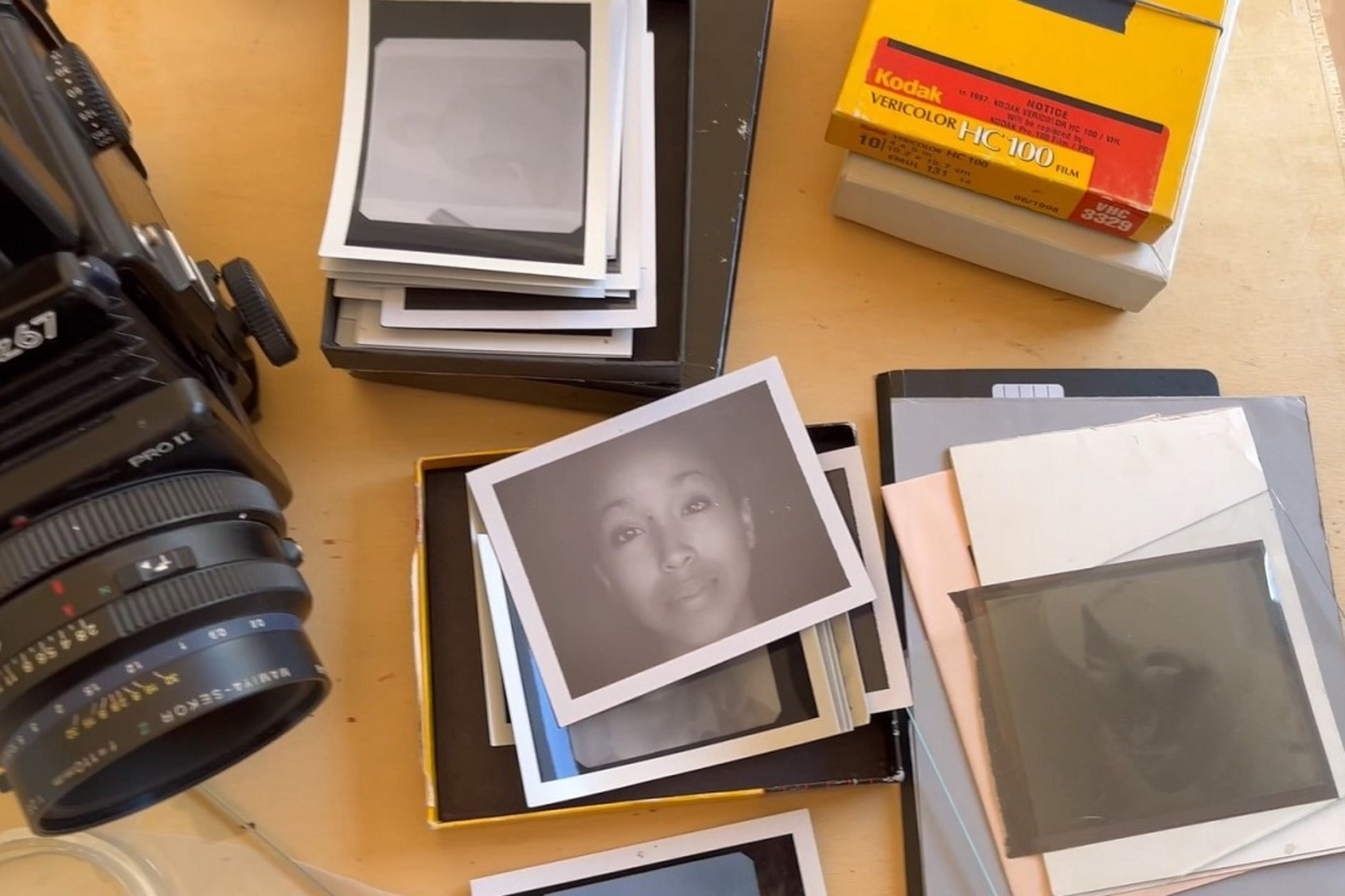 The working tools of the artist.
The working tools of the artist.
Courtesy of the artist.No doubt that the discovery of Asia and Asian cultures, essentially through Japan, then through the studies of ancient Chinese philosophers, has influenced significantly Wouters in the conduct of his art career. Jean-Claude Wouters has been a longtime reader and admirer of Franco- Chinese Poet and Philosopher François Cheng, a writer who has probably translated in the best manner for the westerners, the spirituality inherent to Chinese art. Reading Cheng, J.-C. Wouters discovered in words all what he had felt and thought through the ancient Asian art study. François Cheng is a key figure of the dialogue between east and west, the precise space Wouters’ art is trying to explore. For Cheng, “painting governs human relationships and explores the mystery of the universe. It regulates the rhythm of nature and of man” (in Vide et Plein). J.-C. Wouters shares deeply this metaphysic statement, and all his art and search of a new medium of creation aimed to question through his visual experiments the mystery of the cosmos. The visual research of Wouters starts by reading and meditating about the world, human being condition, and nature. François Cheng in his philosophy promoted at some stage the idea that through painting, the Void can reveal its active function and light some of those metaphysics questions. In the traditional Chinese art history, it is a fact that landscape has been explored through the discourse of language and materiality, while remaining always partly mysterious. In his essay, Vide et Plein (Void and Full), Cheng questions the Chinese pictural art tradition from the concept of Void. The Philosopher explains: « In the artistic field, even without a thorough artistic knowledge, a Chinese, whether artist or simple amateur, intuitively accepts the Void as a basic principle (...). It is in painting that the Void manifests itself most visibly and fully. In some Sung and Yuan paintings, we see that the Void (unpainted space) occupies up to two-thirds of the canvas. In front of such paintings, even an innocent spectator feels confusedly that the Void is not an inert presence and that it is traversed by breaths connecting the visible world to an invisible world. » Jean Claude Wouters’ imaginary landscapes, deeply inspired by this philosophy, are trying to question the magic of landscape and the power of the Void to lighten the universe. Using his own technic of a very pictural photography, Wouters highlights through his works the concept of landscape as the painted picture, following the Chinese Daoism phenomenology. By a unique gesture the artist invented, repeatedly re-photographying the photos, Wouters transforms visually his original photographs into a very pictural image, more vague and much deeper at the same time. Wouters’ works appear first as grey-white surfaces, looking like monochrome paintings. Wouters is trying to invent a technic capable to explore the magic of the nature, and its revelation.
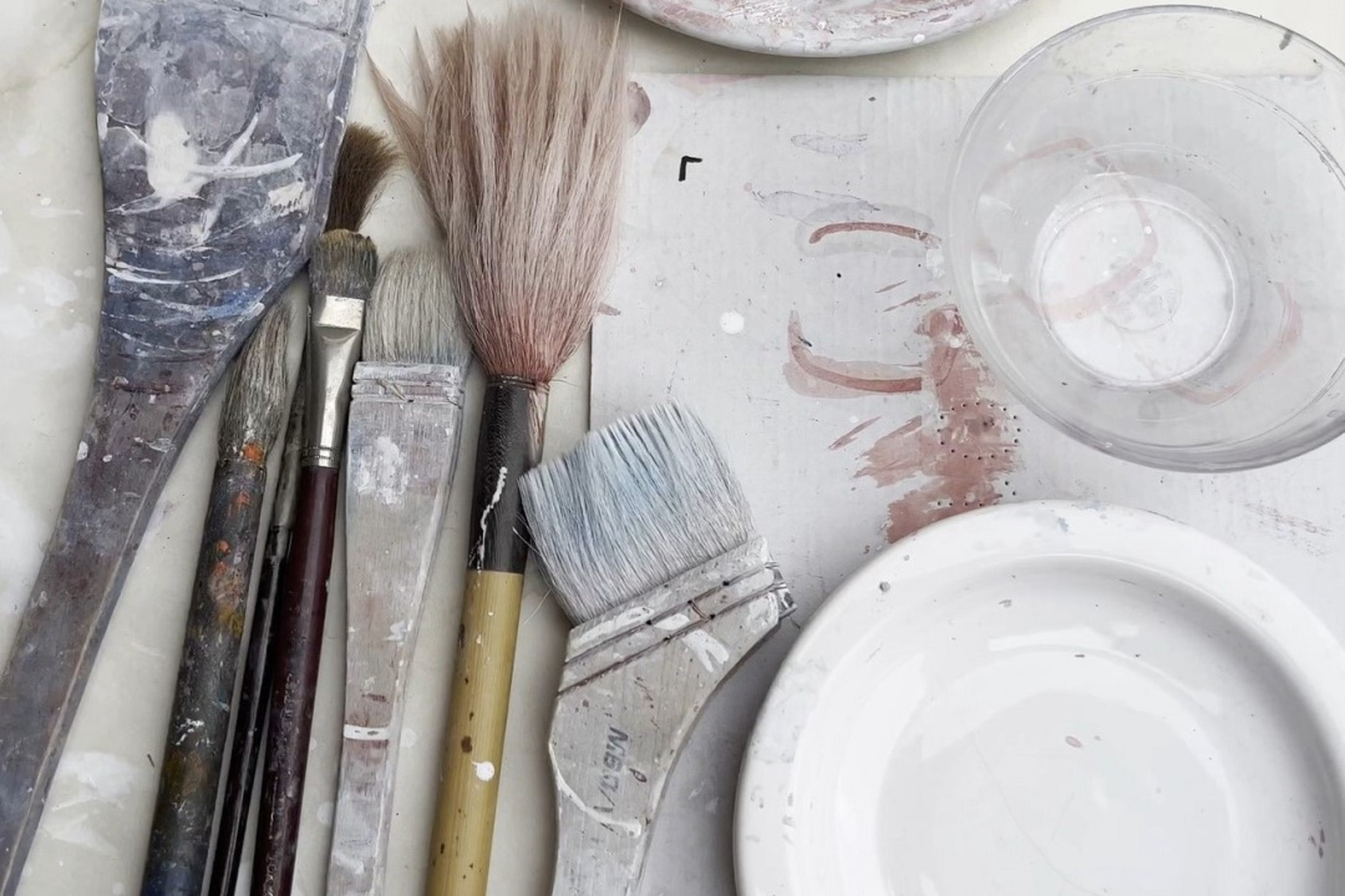 The working tools of the artist.
The working tools of the artist.
Courtesy of the artist.The title of the current exhibition of Wouters at ALIEN Art Centre, Light of Void, includes purposely the word “light”. It is presently this special light Wouters’ works speak about, the one of photography. Photography as we know means literally drawing with light: “this is exactly what I do when I use photography, I draw with light, I don’t make a copy of reality”, J.C. Wouters says. “In japanese photography is translated by shashin, two ideograms meaning copy/reality. In most occasions, photography is used as “a copy of reality”, rather than "drawing with light". I prefer to think of the photography of the beginnings, in the XIX century, with its special painting feeling”. All the technics Wouters use are very traditional photographic ones and it is a fact that most of them are disappearing quickly pushed out by the new digital technology for photography. In a few years from now, Wouters might not be able to create more the art pieces he makes today that we can see in this current exhibition. We won’t see anywhere else such a refined nuance of greys like in Wouters’ art work– which are never black and white but merely a unique greyish. His special mat baryte paper he uses has already became difficult to find as well.
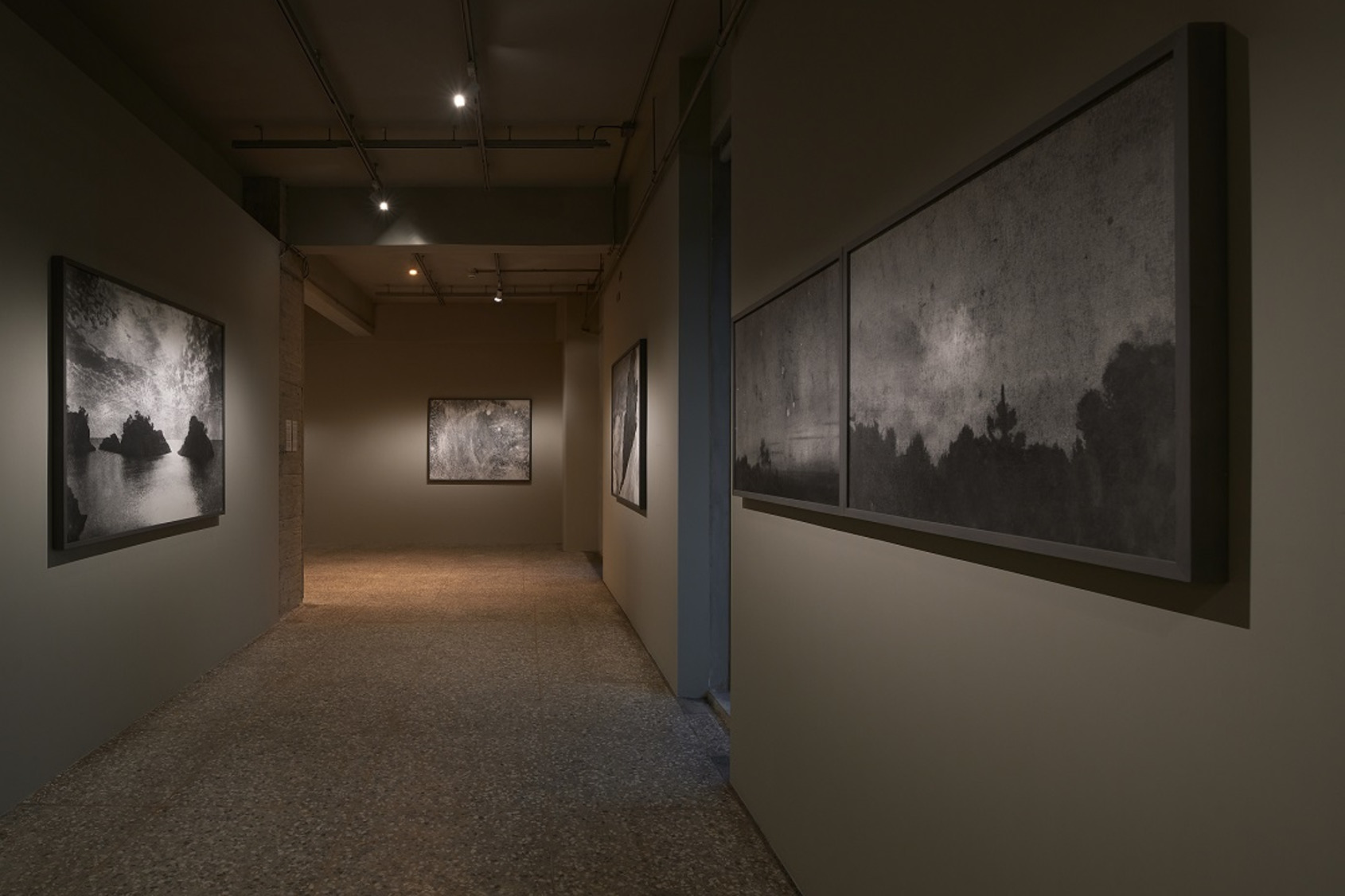 Jean Claude Wouters:Light of Void at ALIEN Art Centre
Jean Claude Wouters:Light of Void at ALIEN Art Centre
Courtesy of ALIEN Art.Looking at Wouters’ landscapes works, the source of the location of the original landscape doesn’t count anymore. Wouters transforms radically the source into a new landscape, matching with the aesthetics and philosophical issues of the artist. As a matter of fact, Wouters’ landscapes become rather abstract works. At first glance, it is sometime even almost impossible to understand clearly who/what is represented. The images merely spread out as granular patterns, remaining in a mysterious foggy atmosphere. When we keep looking at the work a longer time, our eyes slowly adjust and we recognize all the details and the meaning of the image. The artist is therefore also inviting us to keep looking at the image, to learn how to focus on a subject, like in meditation. Jean-Claude Wouters has been exploring the visual capacities of photography, pushing far the borders of the technic to reach a new state of the medium. His works represent a most innovative way to create a pictural unique artwork (Wouters doesn’t make any edition, all his photographic works are unique works), making a new kind of photography, much closer to painting by its subtility and visual treatment, as well per its process and the fact without any edition. One can say that Wouters is a painter in photography. The current exhibition presents also purposely some painting works of a never seen series of canvases by the artist, demonstrating that painting is the main pattern and the reference of his work. Those canvases are as subtile as the photographs, presenting an almost invisible subject: the landscape of the Void. Wouters keeps questioning the form of art, and the perception of it, making his work a permanent and fascinating research in progress.
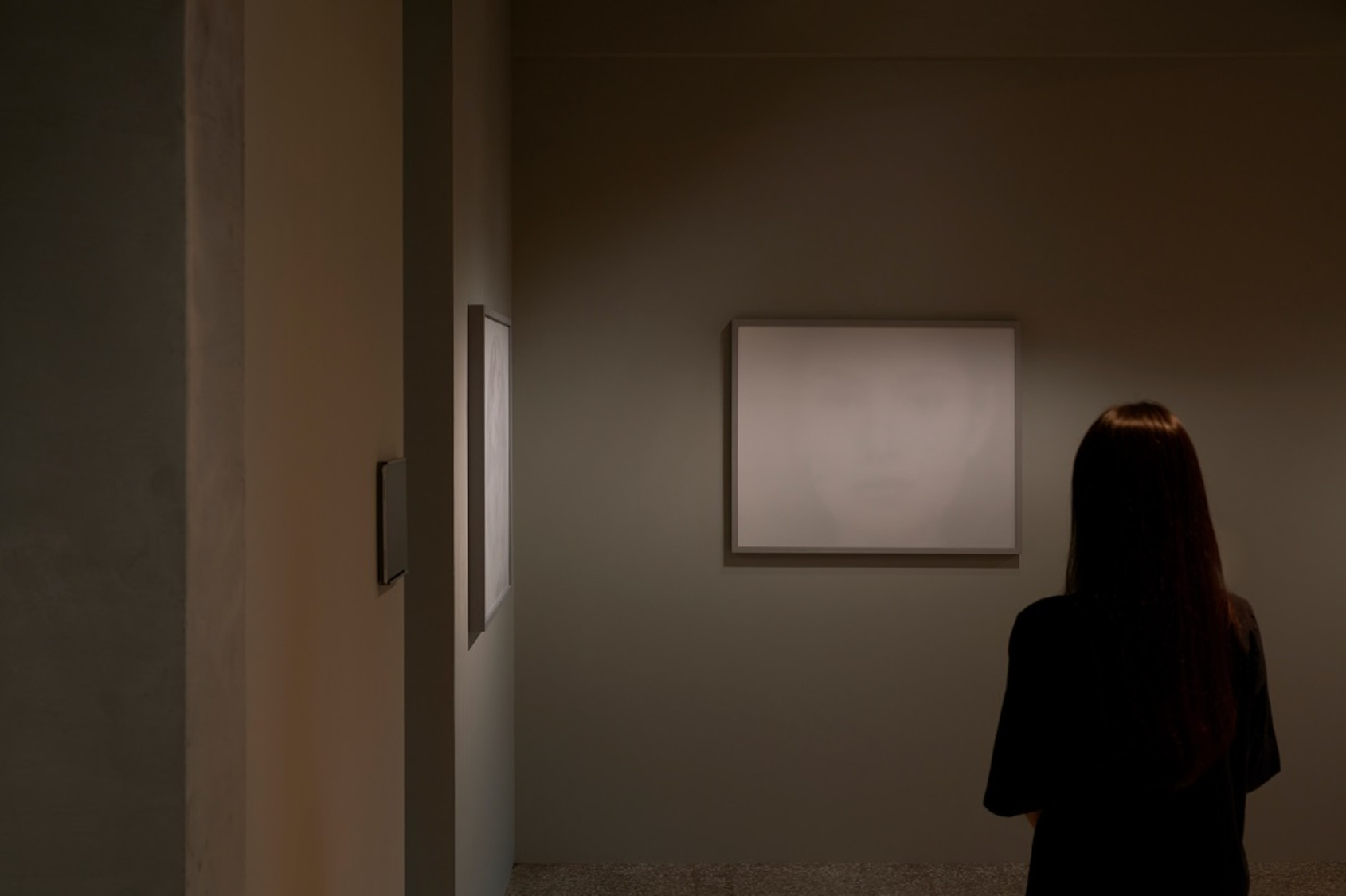 Jean Claude Wouters:Light of Void at ALIEN Art Centre
Jean Claude Wouters:Light of Void at ALIEN Art Centre
Courtesy of ALIEN Art.Light of Void exhibition course works as a spiral, starting with an image of a sea, and ending with a portrait; in between, the audience can see a series of landscapes, before to be back to the original sea. The artist has designed the course of the exhibition as a sort of visual installation work in itself, to give a strong sense of unity and highlight his way of working. The China Sea of the first image of the exhibition is a work from 2006 created after a Japanese post card form 1916, a landscape of more than 100 years old, not existing as such anymore. All JC Wouters’ works questions the concept of time. For an artist using photography, time is part of the medium of creation. “There is much to say about time, Wouters says; in our modern world we have lost its sense, like for example saying Time flies. No, time doesn’t fly. Dogen, who brought Zen philosophy to Japan from China in the XIIIth Century, explained this statement in a text entitled Uji, in his book The Shobogenzo (being time in English). It expresses how time and being are deeply linked, and that there is no being without time. “ However, if Wouters is inspired by a philosophic background, the viewer doesn’t have to search a special message in his China sea but merely a visual expression: there is a front light, that come from the sky, and its reflection in the water expresses so much. “When I look at it, my eyes dwell into the image” says the artist, who knows that a true artist doesn’t express any message but a visual one first. Our exhibition focuses on landscapes and paintings. However, it is important to mention that Wouters’ practice has been dealing significantly with portraits. The portraits in Wouters’ work appear like other kind of landscapes. Characters on his portraits are rather anonymous, almost neutral faces, just treated by the artist to embody the human face. A human face that bears all humanity. When you happen to look at an exhibition of portraits by Wouters as an ensemble, all the portraits side by side look finally quite the same. “It is like what makes us particular is as well what we all share”, the artist explains. Wouters likes to compare for instance his planet work as another face. And the face, as another planet. The landscape is first a concept of vision.
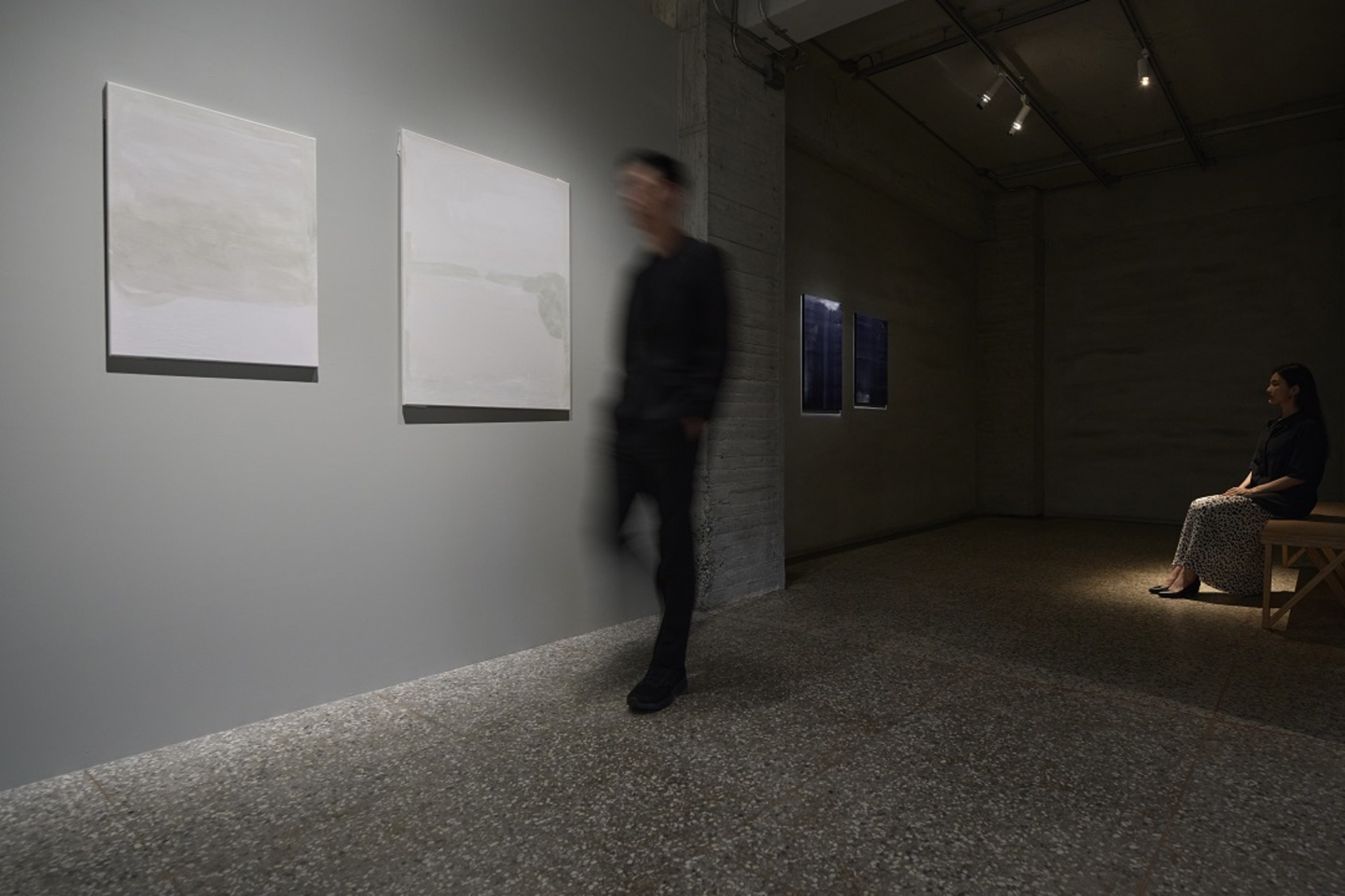 Jean Claude Wouters:Light of Void at ALIEN Art Centre
Jean Claude Wouters:Light of Void at ALIEN Art Centre
Courtesy of ALIEN Art.“When the painting does not aim to be a simple aesthetic object; it tends to become a microcosm recreating, like the macrocosm, an open space where real life is possible.” Wouters likes to remember this quote by Chinese painter, poet and philosopher Wang Wei. Wang Wei, who lived in the VIIIth Century, is probably one of the most famous Painter of the Tang period. At this time, Chinese painting was focusing on figures and animals, and the landscape theme just began to take off. Wang Wei was then recognized by his contemporaries for his poetry and his music; he was such a pioneer. Centuries after, Wang Wei was named the "Patriarch of the landscape painters of the Southern school" and marked the art history. It is through a wash technique that Wang Wei in his paintings managed to render the nuances and subtlety of landscapes which are marked by a feeling of silence and quietness. This same silence and quietness Wouters is looking for in his own landscapes. The famous Song poet, Su Shi used to say of Wang Wei’s art: “His paintings are poems; his poems, paintings.” Those words and association can only confirm to an artist like Jean-Claude Wouters the deep way of art he has always followed. For Wouters, art is poetry and vice-versa. Wouters is deeply influenced by his studies of eastern Asian Art and Philosophy Masters. The artist has been travelling to Asia for decades, studying and experiencing the Asian cultures. One could say Asia is the center of the imaginary world of Wouters. What Wouters interprets in Wang Wei quote is the possibility of art to form a new space, a new world. Wouters’ landscapes are such research to give to see a new possibility of inhabiting art and nature. Again, for Wouters art is intrinsically linked to a spiritual practice. Wouters, interestingly, discovered Wang Wei’s thought through the study and practice of Zen, and regularly read texts of him. Then, Wouters started to create after Wang Wei visual creations. Wang Wei is for instance one of the authors of paintings Wouters rephotographed from old book to create new works. However, the Wang Wei’s painting Wouters found in a book is not from the VIIIth century – as most of Wang Wei paintings disappeared and are known through copies of it. Therefore Wouters’ work happens to be a representation of a reproduction of a copy. This notion of copies in time turns to be very important for the artist, as it questions the time, and the essence of the true nature of a piece of art. Wouters was very interested in Arthur Danto’s book Beyond the Brillo box, in which the famous American art historian has a very interesting chapter on this particular historic Chinese phenomenon for an artist to paint a famous painting from the past, from seeing it and remembering, or just by a description from others. A practice of copy which has been later in the Renaissance time a rather common phenomenon in European art as well. "Wouters first enjoy this historic practice of copying masterpieces as ‘it is so far from the fetichism of western world art consideration”. But it highlights also the deep meaning of Wouters’ own personal practice of rephotographing a work – another form of copy. The current show includes three photographs after Chinese historic paintings. "I am an outsider paying tribute”, Wouters explains with the modesty which characterizes the artist. “I know my position, so I use photography, my medium, and I don’t pretend to make a Chinese painting. As a matter of fact, those three images of ancient paintings become, through the process of rephotographing, three other images, rather abstract. “Light traces, like clouds, and like my own paintings”, the artist says.
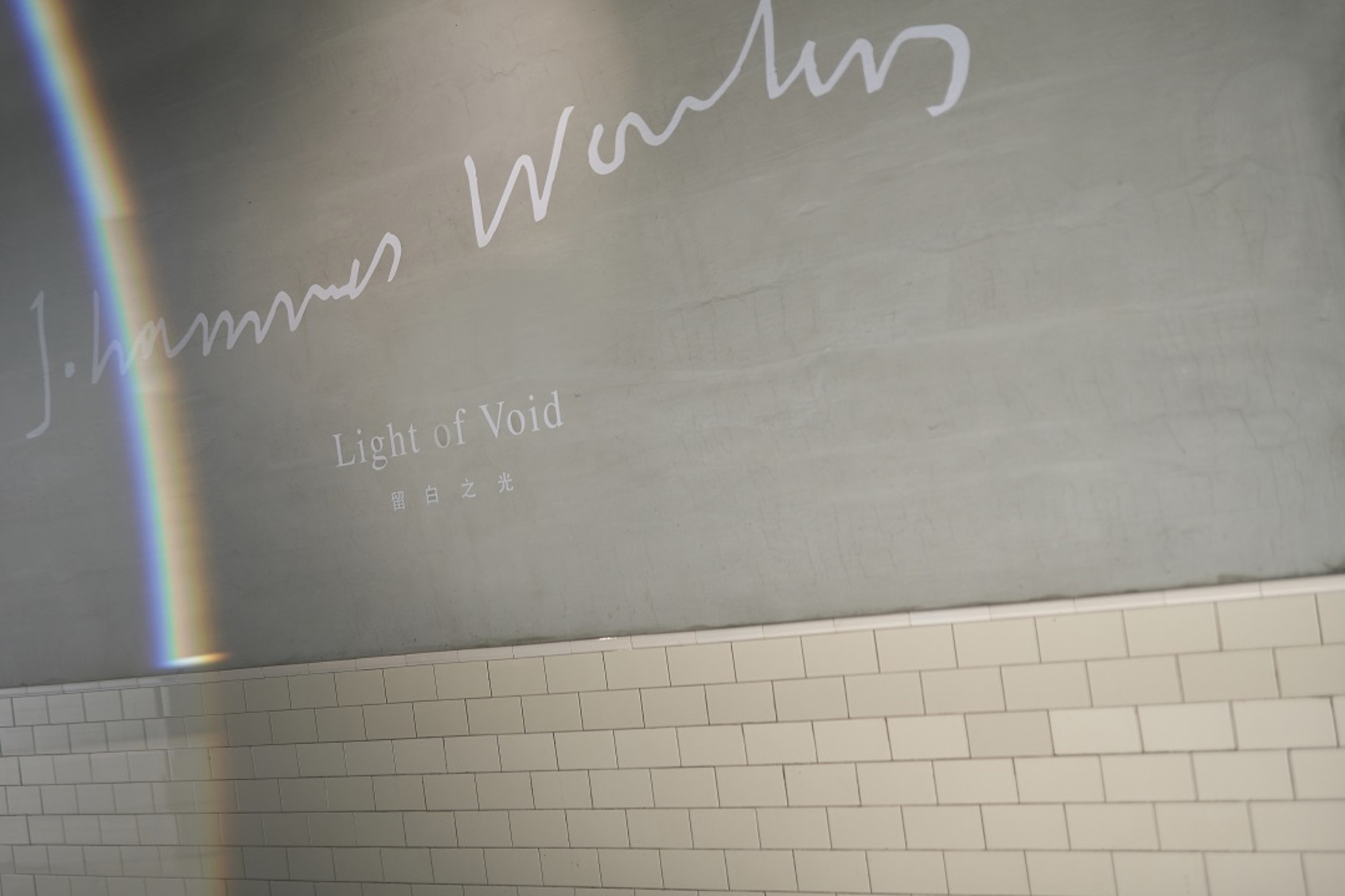 Jean Claude Wouters:Light of Void at ALIEN Art Centre
Jean Claude Wouters:Light of Void at ALIEN Art Centre
Courtesy of ALIEN Art.Most of Wouters’ past exhibitions have been focused of his unique signature style of photography. The current exhibition at Alien Art Centre is more ambitious, opening a dialogue between Wouters’ photography and Wouters’ paintings. Indeed, Wouter’s photography is in itself another painting process, as we explained before. But Wouters is also creating on canvases, other kinds of “landscapes of the void”. Those canvases take a lot of sense hanged in the same show as the photographs, and vice-versa. All Wouters’ research in photography and painting is in fact to try to fix at some point the trace of an imaginary landscape. A new landscape to form the possibility of a new space. Jean-Claude Wouters is indeed a remarkable artist who has invented a signature work style, which is very rare in art. Looking at both his photography and painting works, one can see that he is an artist who demonstrates that photography and painting have no boundaries at some point. Wouters’ photographic landscapes, come first from old photographs, that the artist sometime scratchs (it is for instance obvious in the work Mountain and Snow), with layers of graphite and pastels, then photographed again. Sometime Wouters will even paint and draw again on the photograph. "I have no secret says the artist, but I prefer for the audience to not know the details, because technique then becomes a filter between the art and the viewer.” However, it is important to underline the massive work behind each “photograph” by Wouters. Next to the photographs, the canvases appear as another kind of photographic layer, in the sense the artist is still painting with light on those canvases. Wouters continues the same research in his paintings, but perhaps more radically, going straight to a complete abstract landscape. May be the purest form of the “light of void” his work is a quest for. When you confront Wouters with an academic analysis of his work, the artist is smiling and answers with another quote by Wang Wei: “Using a small brush, it recreates the immense body of the Void”. Wouters praises “the admirable austerity of the void” as he says. One can feel that the concept of Void is for the artist a fulfilled visual space. The space for a delicate and subtle artistic experiment the works by Wouters demonstrate. The space for a new form of art.
Light of Void
Period|2022.11.23 - 2023.09.03
Organisor|ALIEN ArtALIEN Art Cetre
Curators|Yaman Shao、Jérôme Neutres
Artist|Jean-Claude Wouters
Curatorial team|ALIEN Art
Special thanks|YUIMOM Group









